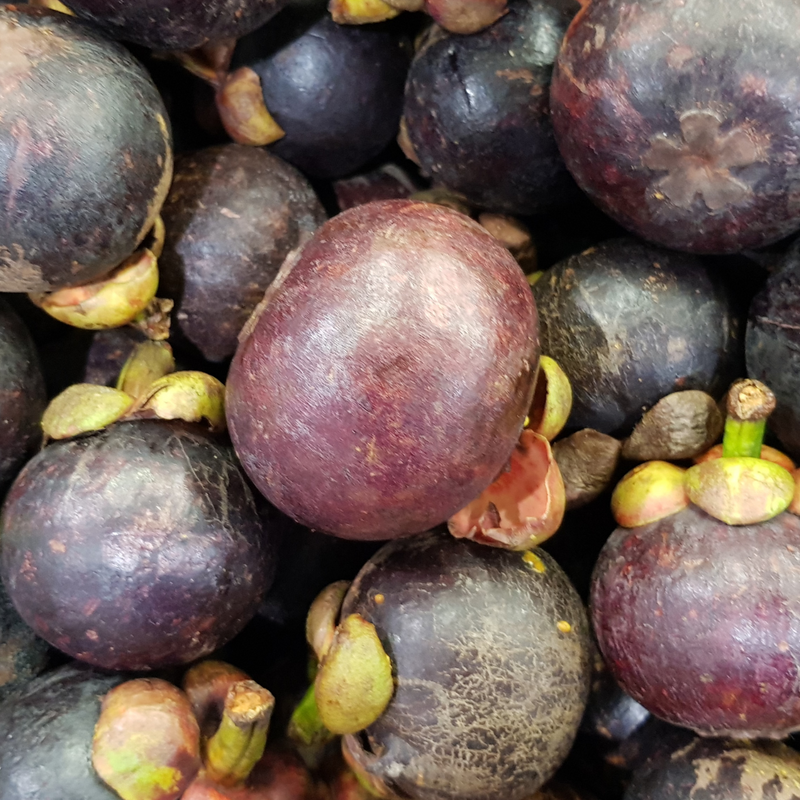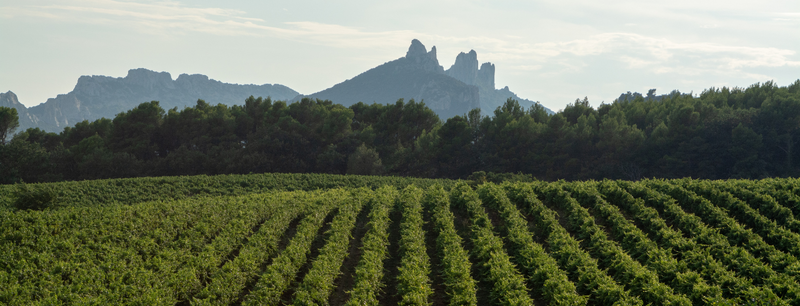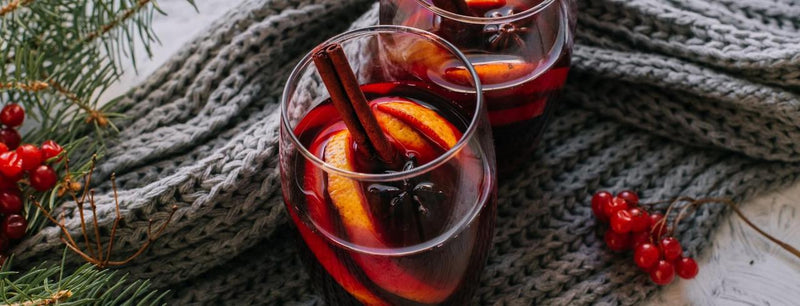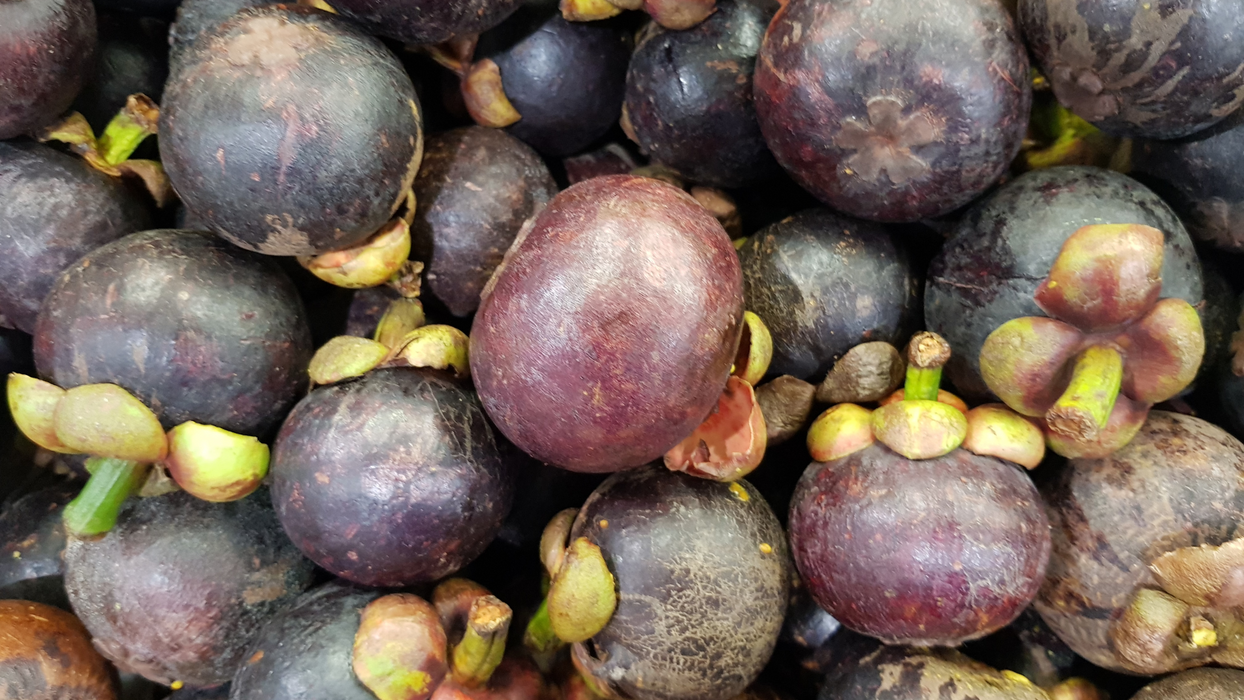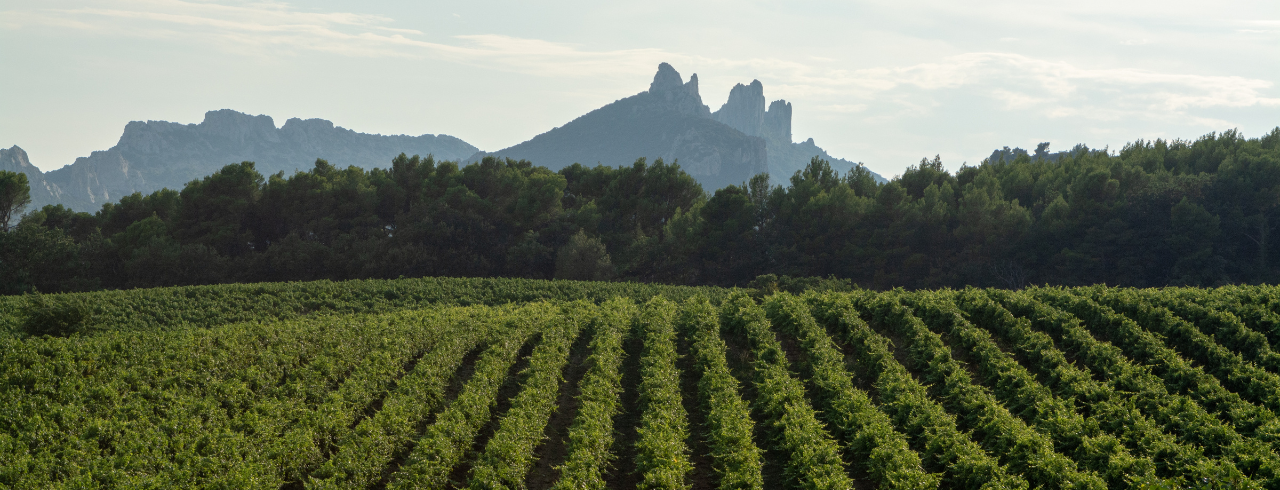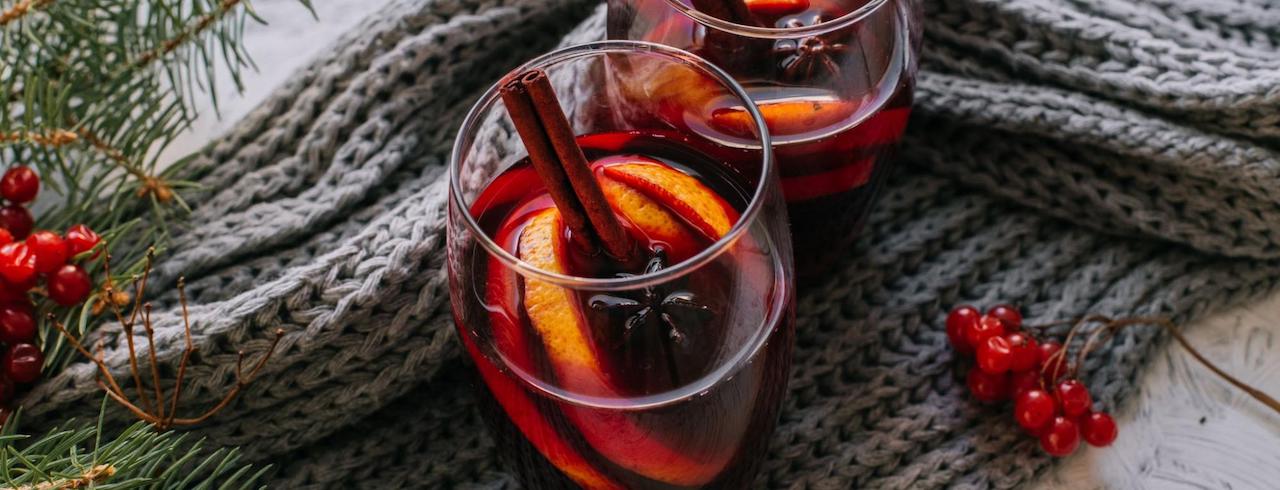
What Is A Wine Tech Sheet?
If you’re looking to expand your knowledge and appreciation of the world of wine, a “tech sheet” can be an excellent place to start.
Though they have a reputation for being complicated, tech sheets can actually be an approachable and helpful tool for understanding the primary components that give a wine its aroma, flavor, and personality.
To help you best use these informative documents to heighten your vino expertise, Wine Insiders presents our comprehensive Guide to Tech Sheets:
Introduction
A tech sheet is a brief document (usually ~one page) that clearly details and briefly explains the significant features of a bottle of wine.
Usually published by the wine’s producer, these documents typically offer boilerplate information, like a wine’s name, producer and geographic origin, in addition to more complex or scientific details of a wine’s production, verification, aging and drinker experience.
Think of the tech sheet as a souped-up wine label -- but instead of using a charming design or inviting typeface to entice a buyer, this document exists purely to educate its reader.
Wine Insiders Tip: As you search for wine tech sheets, keep in mind there’s no “set” format or style. You’ll notice different producers reveal varying information about their varietal or blend, so don’t be thrown off if you see contrasts between various tech sheets.
Basic Components
Since producers design tech sheets to be hyper-informative, they don’t always make for easy reads to the uninitiated.
To help you better grasp the wide range of particulars on a given tech sheet, let’s break down ten main components of the (average) tech sheet:
Producer’s Name
The first thing you will notice on the top of a tech sheet is the name of the wine’s producer.
As you might assume, a producer creates a bottle of wine and publishes its accompanying tech sheet.
Wine Name
After you learn the wine’s producer, you’ll find the name of the wine.
In most cases, the name of wine will come from the type of grape variety used to make it or the region in which the wine was produced.
The option the producer chooses usually depends on whether the wine comes from an Old or New World country.
In Old World meccas like France, Italy and Spain, wines are named after their region of origin rather than the type of grape(s) used.
For example, red Bordeaux is a blend of many grapes, including Merlot, Malbec, and Cabernet Franc, but is named after the French region of Bordeaux.
In New World wine countries, like the United States, Australia, or South Africa, wines are typically named after the grape(s) used to make the wine (Cabernet Sauvignon, Chardonnay, etc.), or feature a purely creative name.
Region of Origin
Whether you’re reading a tech sheet for an Old or New World wine, the bottle’s region of origin will be near the top of the page.
Sometimes, you’ll only find a country’s name or a broad wine-growing region within it.
In other cases, you might find the name a hyper-specific location that can be as small as a particular vineyard or even a minuscule plot of land.
Vintage
A wine’s vintage is the year a winery harvested the grapes to make the bottle of wine.
Similar to appellation (which we will discuss below), most Old and New World wine countries have strict rules governing how a producer determines their wine’s vintage.
For example, in wine-producing countries like the United States, winemakers must ensure that 85% of their bottle’s blend comes from the stated vintage on the bottle.
Appellation
While a wine’s region of origin is a solid indication of its birthplace, an appellation is a legally verified designation of where the grapes in your bottle were grown.
In most Old and New World countries, a top-level appellation requires 75% of the wine’s grapes to come from that country's named area, region, state, etc.,.
Wine Insiders Tip: Now that you understand appellations, keep an eye out for them in tech sheets and on wine labels. Look for the AVA appellation on American wine, AOC/AOP on French wine, and DOC/DOCG on Italian wine -- to name a few.
ABV
When you see “Alcohol by Volume” (ABV) on a tech sheet, it indicates the alcohol content of the accompanying wine.
A typical bottle of wine falls within the range of 10-15% ABV, with white wines averaging 10% and reds averaging 13.5%.
Acidity
A wine’s acidity level indicates the presence of acids in a wine.
The main types of acids found in wine are tartaric, malic, citrus, and lactic acid, which have a far more prominent presence in white wines than reds.
Acids are more prominent in these lighter varietals and blends because they have to make up for the wine’s lack of tannins and provide stability during the aging process.
If the wine on your tech sheet has an acidity level at or around two grams per liter, then that’s a low-acid wine.
If the wine on your tech sheet has a higher acidity level, let’s say around ten grams per liter, then that’s a high-acid wine.
pH Levels
Acidity levels indicate how much acid is in a bottle of wine, but pH levels tell you how strong the wine’s acid will taste.
The connection between a wine’s pH level and acidity is inverse -- so lower pH scores will translate to more prominent acids.
Additionally, pH is measured on a logarithmic scale, meaning that a difference of one pH level equals a ten-fold disparity in acidity.
For example, most white wines have a pH level between 3.1-3.4, while most reds have a pH level between 3.5-3.8.
This means that the most acidic-tasting white wines (pH of ~3.1) have an acidic profile seven times more intense than the least-acidic-tasting red wines (pH of ~3.8).
Aging
On a tech sheet, the aging section will tell you the style and length of a wine’s aging process.
Typically, wine is aged in oak barrels, which are slightly permeable and allow oxygen to mature the wine’s flavors and aromas, or stainless steel, which is airtight and prevents interaction with oxygen.
Wines are typically aged between six months and two and a half years, with most in the wine industry aging their red wines longer than their whites.
Tasting Notes
Last but not least, another common feature of a wine’s tech sheet is a section of tasting notes.
This last piece of a tech sheet dives into the appearance, aroma, taste and structure of a specific wine to give the reader a complete picture of the bottle it describes.
Reading the tasting notes can be a great way to prepare your senses and fully enjoy the complete experience your bottle has to offer.

Wine Insiders: Your New Home for Wine
Now that you can read a tech sheet like a pro, it’s time to put your knowledge to good use and explore Wine Insiders’ fantastic selection of wine:
Whether you’re looking for an Old World red, a New World white or any mix of bottles and sets in between, we have the producers, regions and vintages you need to up your game and discover your new favorite vino.
For more information about wine, storage, and more - check out our full library of Wine 101 Guides!
